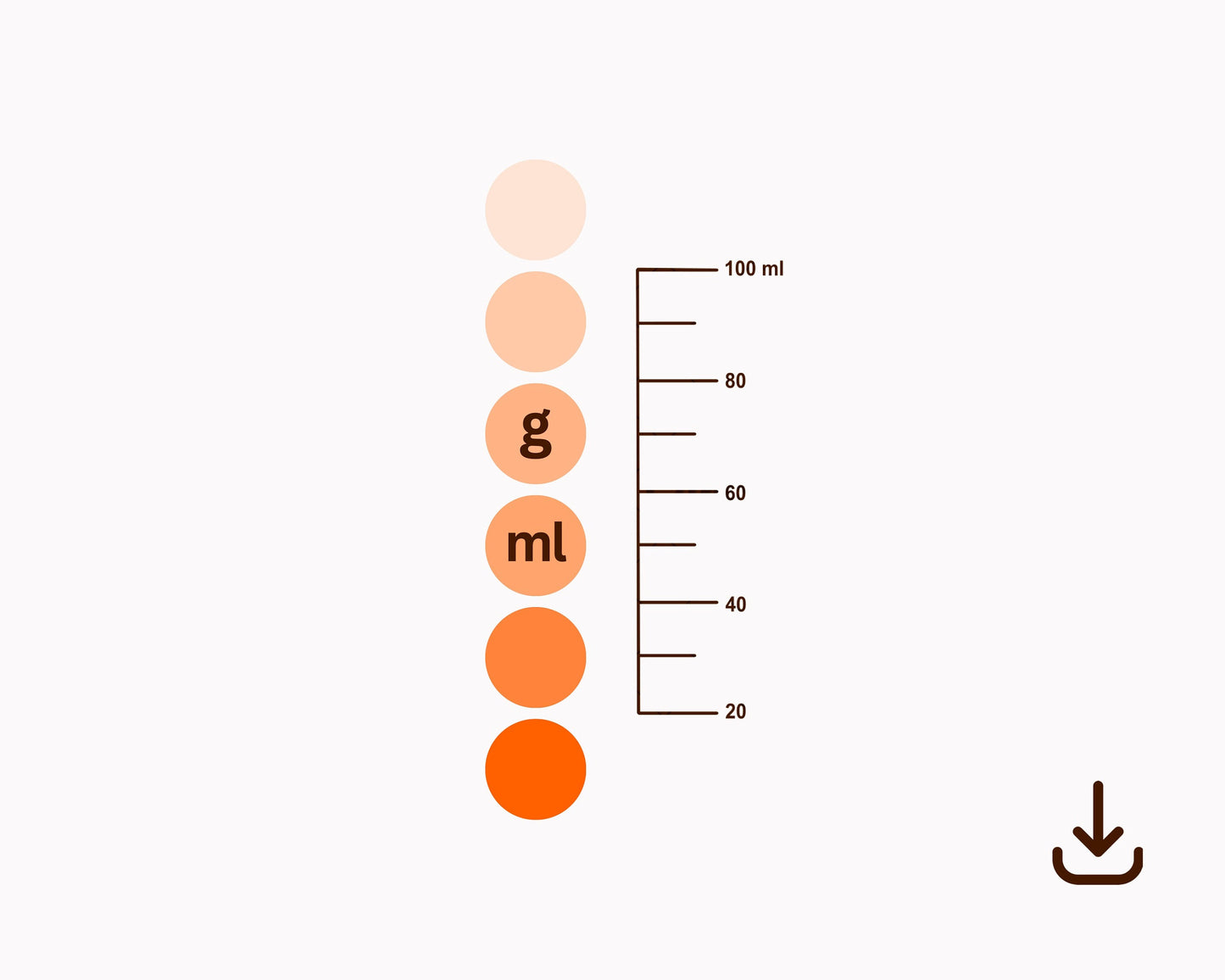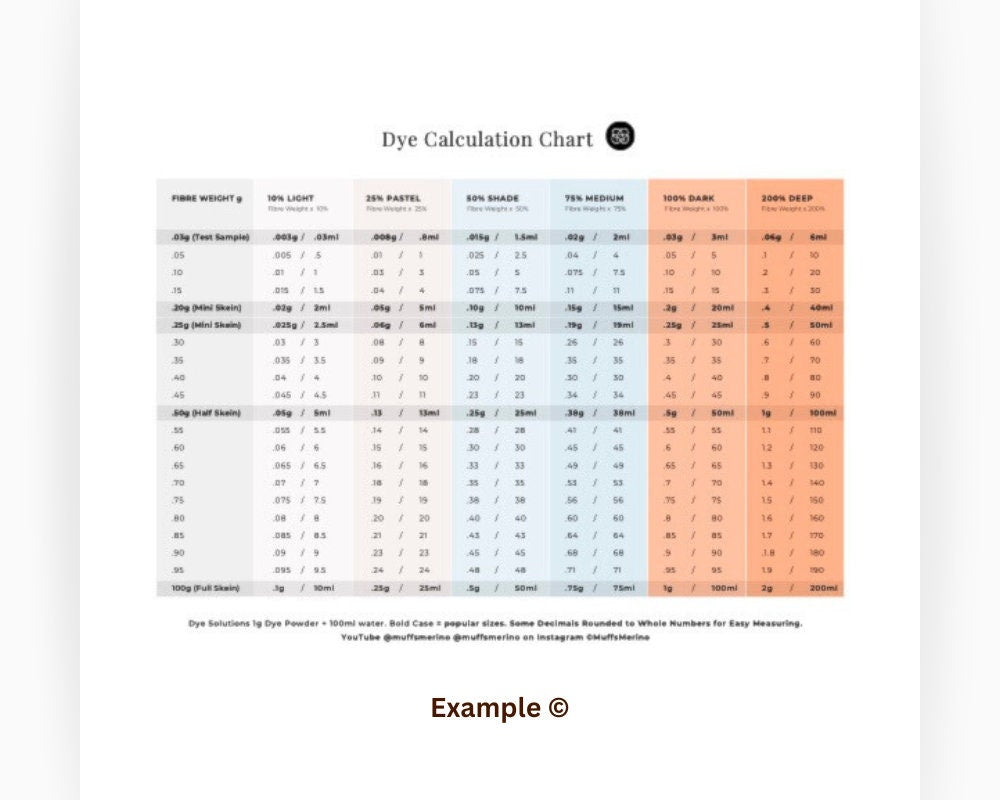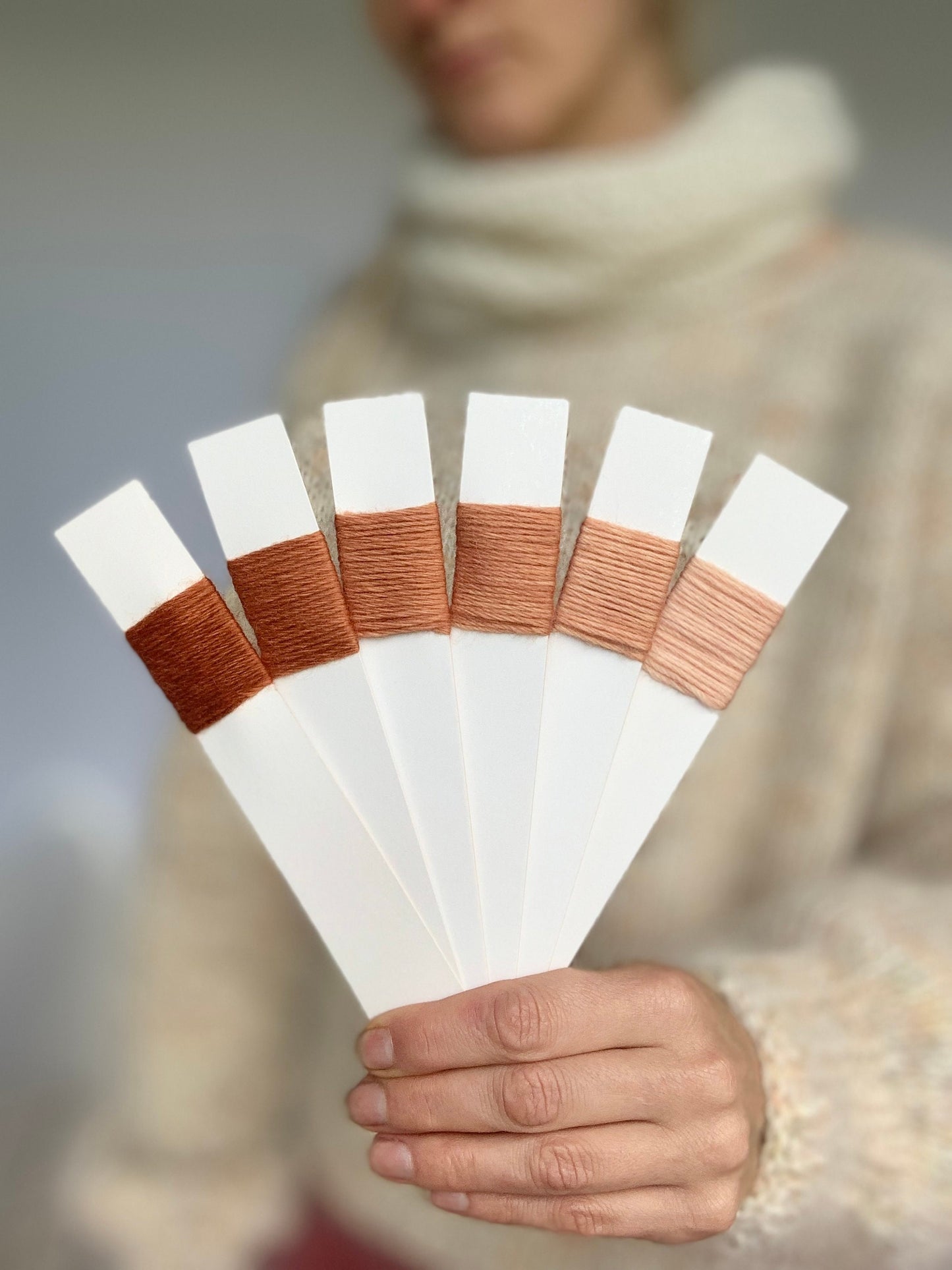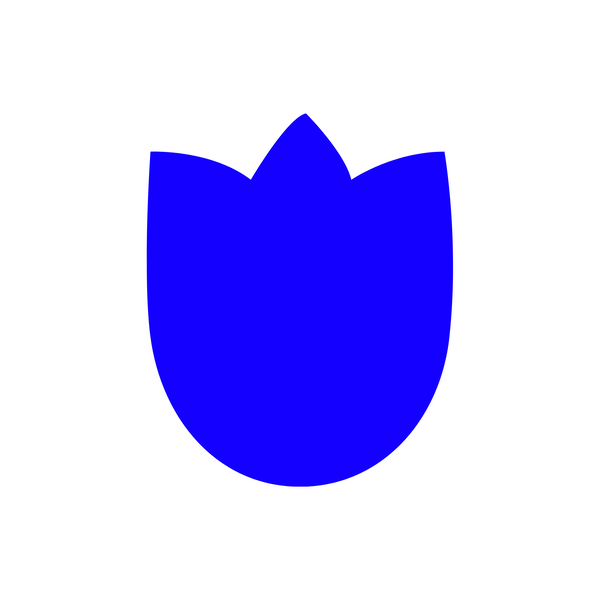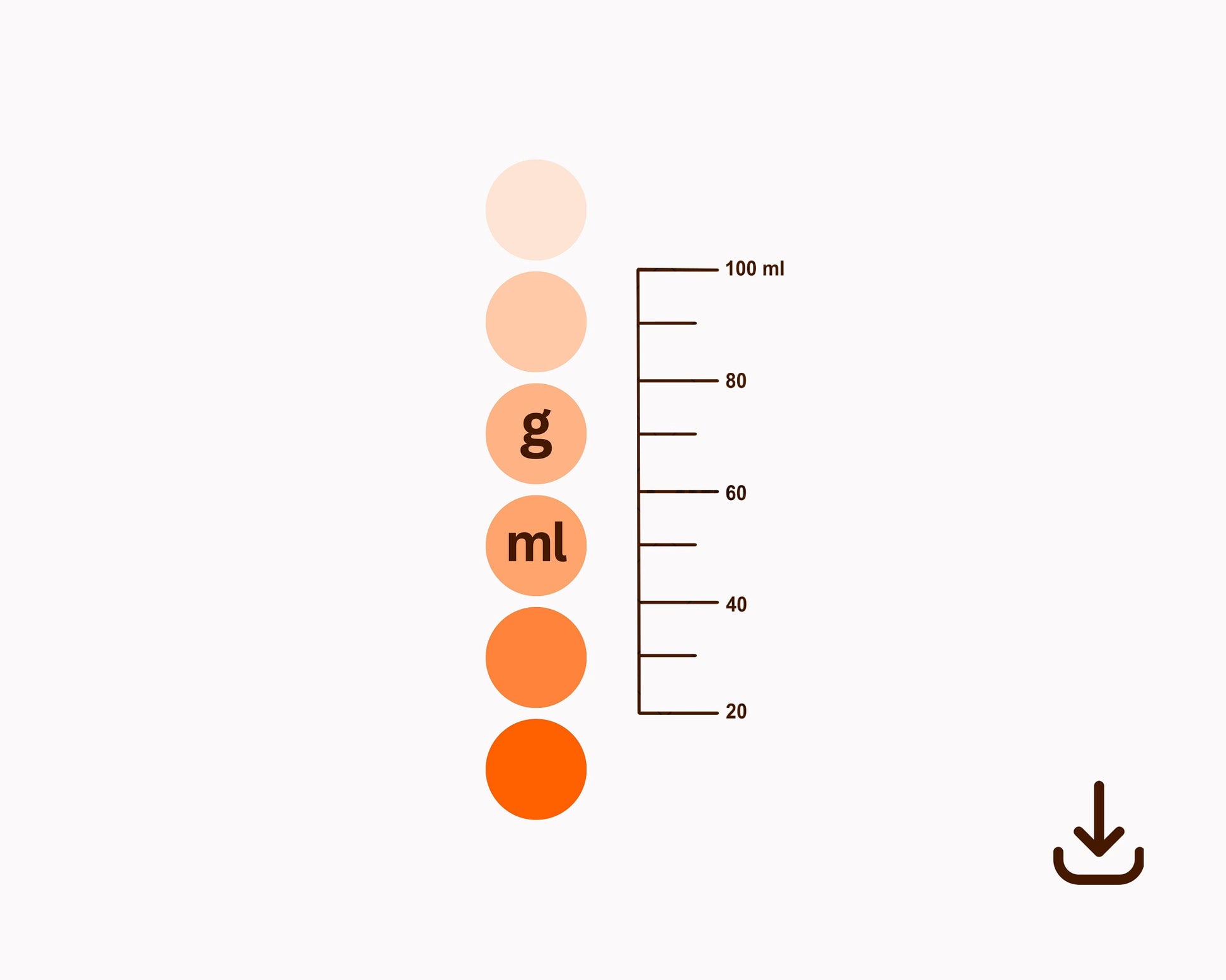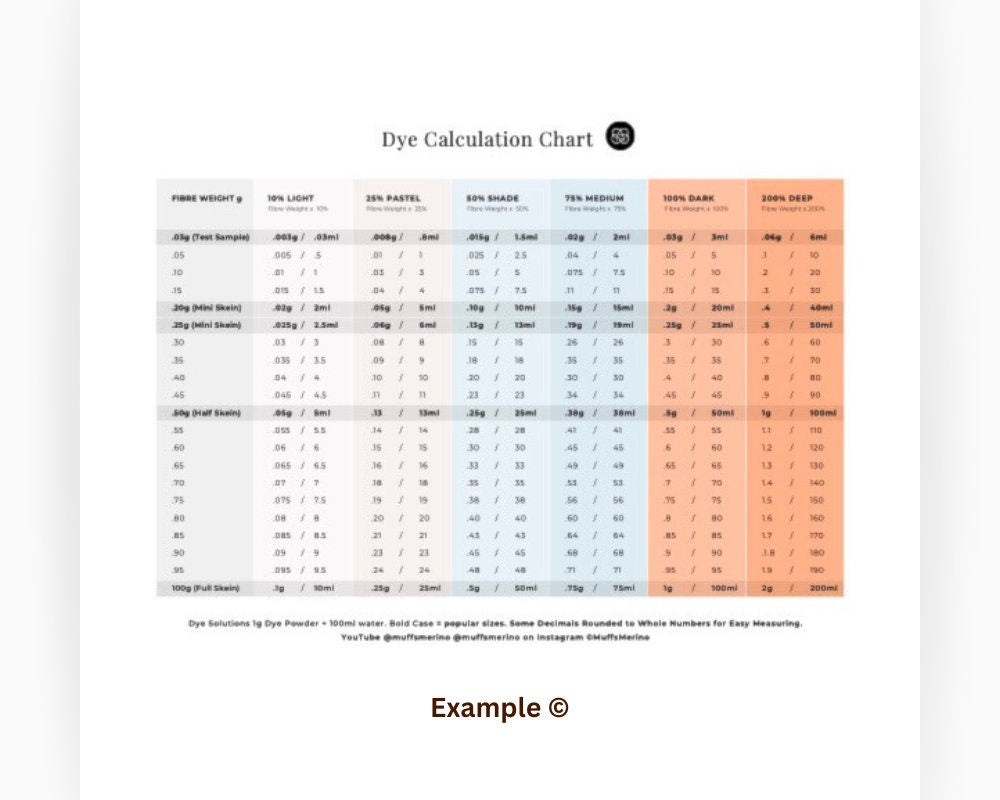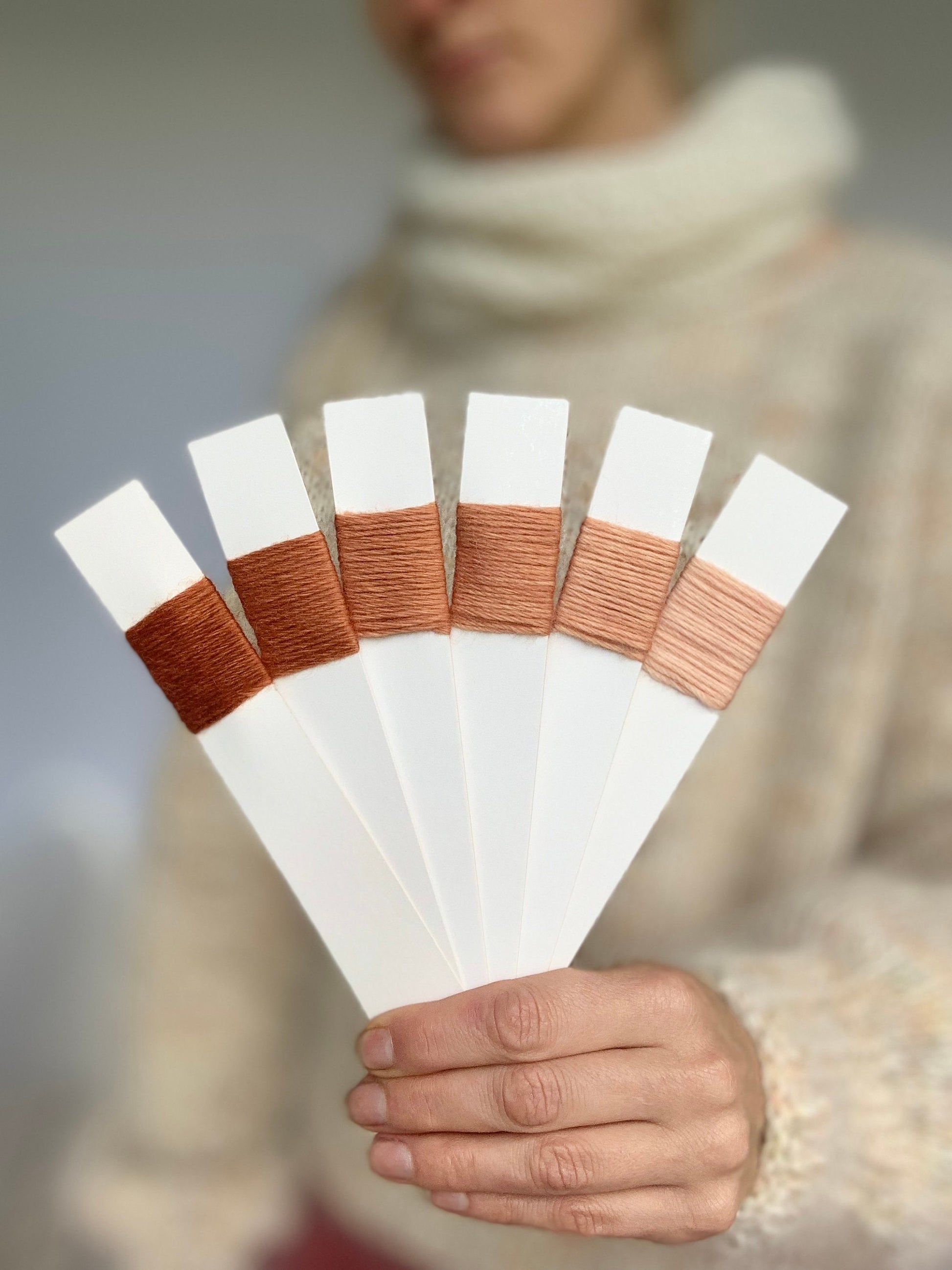Muffs Merino
Dye Calculation Chart 1% DOS
Dye Calculation Chart 1% DOS
Couldn't load pickup availability
Dye calculation chart for your dye book, binder or wall. Weigh out your dye powder in mls or grams. I want to dye 10g samples of yarn from pastel to dark from my favourite dye recipes. How much do I need? Decimals, zeros, mls and grams always get me confused, even on a good day! Because I love mixing colours, I have made a chart to keep dye days simple!
WHAT YOU GET
8.5" x 11" Dye Calculation Chart PDF for measuring out your dye recipes for different fibre weights. Measure in ml or grams.
WHAT YOU NEED
Micro weigh scale (to weigh small amounts of dye powder).
Micro spoons to scoop small amounts of dye powder.
Dye mixing cups, jars for making solutions.
Kettle / Hot Water.
Please review listing before purchase. Please get in touch if you have any questions before purchasing. There are no returns or exchanges on digital files. Once you purchase you will have access to the PDF and it is not possible to return or exchange the product :)
TO MAKE DYE SOLUTIONS
Weigh out your dye power in ml or grams.
Dye solution for this chart use 1% DOS, 1g of Dye Powder + 100ml water.
1. Use a micro weigh scale to weigh out the dye powder to make your solutions.
2. Place the powder into a measuring cup. Or, place your colours in seperate cups.
3. Boil water using your kettle and add to mixed dye powder.
4. Stir until dissolved.
5. Pour mixture into your jars, ready for making colour recipes.
VIDEO
Watch How to Dye 6 Shades all at Once on YouTube. Coming soon :)
Watch the basics of How to Dye Solid Yarn on YouTube.
https://youtu.be/F2s5OKN9CRo
TIPS
Minimise your studio space by weighing out your dye recipes each time in grams.
Speed up your process by pre-making dye solutions and measure out in mls.
Recipes light in shade to weigh or measure out? Make solutions, then measure out in mls.
Create 3g samples by placing your yarn in a cupcake tray. Place in oven at 200 degrees Fahrenheit.
Always record notes and keep a sample of your finished work.
Get all 80+ CLASSIC Colour Dye recipes. Get over 100+ BRIGHTS colour recipes. See listing.
FEATURES
Save Digital PDF File to your phone or computer for easy reference.
Store in a folder along with your dye recipes for easy access.
Print and frame on your dye studio wall for quick reference.
QUESTIONS?
Please get in touch and I can help you with any questions you might have.
GRAPHIC DESIGNER TURNED FIBRE ARTIST
Need help with Canva or any other design tools for your fibre business? Please get in touch.
DEPTH OF SHADE. LETS WRAP OUR HEAD AROUND THIS
If you want to measure out smaller amounts of the dye solution in ml, you wouldn't necessarily need to make a diluted solution. You can simply use the original concentrated solution and measure out smaller volumes. If you have a dye solution that is prepared by dissolving 1g of dye powder in 100ml of water, you can use that solution directly. For example, if you need 10ml of the dye solution, you can measure out 10ml from the original concentrated solution using a pipette or any other accurate measuring tool. However, it's important to note that the concentration of the dye in the smaller measured volumes will be the same as the concentration in the original solution. If you require a lower concentration, then you would need to dilute the solution by adding more water. Diluting the original solution would decrease the concentration of the dye, allowing you to measure out smaller volumes with the desired concentration.
Lower concentrations of a dye solution can result in a difference in colour intensity. Higher concentrations of a dye will produce a more intense or vibrant colour, while lower concentrations will result in a lighter or more diluted colour. When a dye is dissolved in a solvent such as water, the concentration of the dye particles in the solution determines the colour intensity. More concentrated solutions contain a higher number of dye particles per unit volume, resulting in a stronger colour appearance. By diluting the dye solution with additional water, you reduce the concentration of dye particles in the solution. This dilution process thins out the colour, making it lighter or less intense. The more you dilute the solution, the lighter the colour will become. Different dyes may exhibit different behaviours when diluted. Some dyes may retain their hue (colour) but appear lighter, while others may shift in colour slightly when diluted. It depends on the specific dye and its chemical properties. It's a good idea to test the diluted solution before using it in any application to ensure it produces the desired colour outcome.
Share
